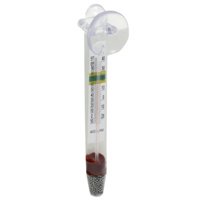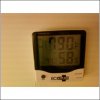Dystopia
Active Member
Perfect then im right on for my nutes. I gave them 5 teaspoons of grow big and 6 Tablespoons of big bloom. Also my Nutes pH changed from 5.8 to 6.4. Should i drain a gallon and replace a gallon with 5.5 pH and 1/5 nutes to balance it out?
I think that 6 TABLESPOONS of Big Bloom is way too much - you're probably running close to 1200 ppm - do you have a ppm meter?
The pH will change depending on many factors. Generally, I let my solution find the "sweet spot" where it stabilizes, and I don't chase it. 6.4 might be a touch high, but it's still in range and if it stabilizes there then I wouldn't keep trying to lower it to 5.8 - you'll probably do more harm than good.
Just my opinion...


























